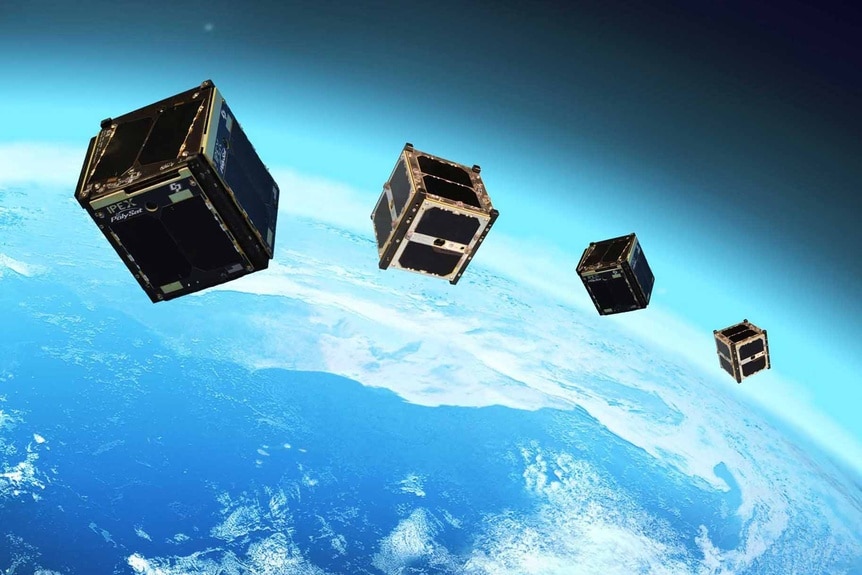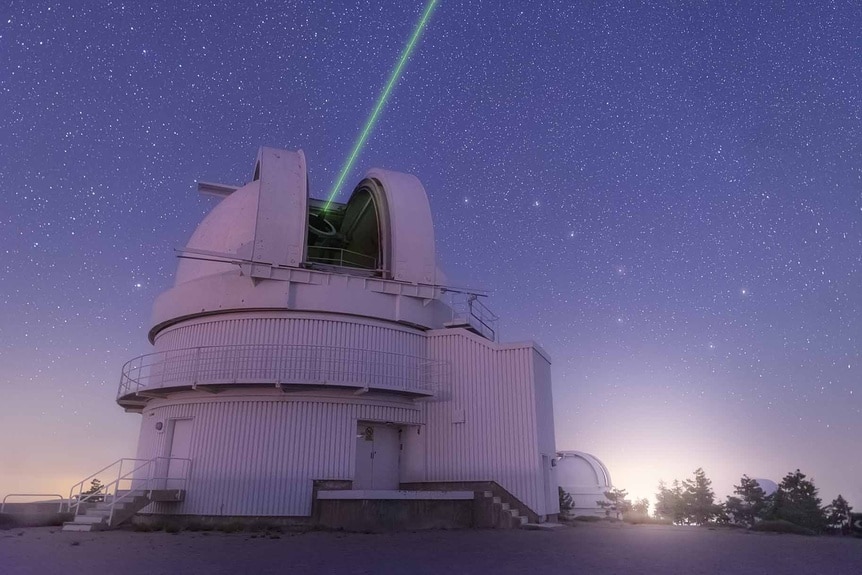Create a free profile to get unlimited access to exclusive videos, sweepstakes, and more!
NASA Is Launching an Artificial Star into Space in 2029
A dimly shining satellite will help astronomers calibrate their telescopes.

When Dodge (Steve Carell), Penny (Keira Knightley), and the rest of the world see a new point of light in the night sky, it becomes a source of intense anxiety and, eventually, the end of humanity in Seeking a Friend for the End of the World. See, that new star in the sky wasn’t a star at all, but a massive planet-killing asteroid on a collision course with Earth.
Soon, real-world star gazers will be able to see a new star over the Northern Hemisphere, but this one isn’t dangerous. It’s artificial, and we’re putting it in the sky ourselves. The Landolt Space Mission is a recently approved $19.5 million collaboration between nine universities, the National Institute of Standards and Technology (NIST), and NASA, to place an artificially shining satellite in orbit around the Earth.
For More on Space:
Everything You Need to Know About the International Space Station
SpaceX's Private Polaris Program Aims for First All-Civilian Space Walk
How NASA Fixed Voyager 1 from 15 Billion Miles Away
The Landolt Space Mission’s Artificial Star
With a handful of exceptions, every point of light we see in the night sky with our eyes is a star in our own galaxy. Some of them are blazing thousands of light-years away, and all of them are immense spheres of mostly hydrogen with gravity so intense that atoms fuse inside their cores. By contrast, the Landolt artificial star will be a CubeSat only about the size of a bread box, equipped with eight lasers pointing back at the planet.
It will be much smaller and much closer than any of the other stars in the sky, but from its position about 22,000 miles above the planet, it will look like a background star to observing astronomers. It will be too dim to see with the naked eye, but bright enough for astronomers to calibrate their telescopes against, potentially providing more accurate observations of everything else in the cosmos. That’s because scientists will know precisely how many photons (how much light) the satellite is producing and be able to compare the true brightness against the apparent brightness seen on the ground.
That will give astronomers a known light source to compare against when measuring the light coming from farther away, like from distant stars and galaxies. By more accurately measuring the light coming from objects all over the universe, astronomers can better model the cosmos and unravel the mysteries of our own existence.
The satellite is named for Arlo Landolt, the late astronomer who produced catalogs of stellar brightness throughout his career. The mission is planned for launch in 2029 and will place the satellite in a synchronous orbit over the Northern Hemisphere for the first year of operation. Later, the satellite could be moved so that it’s visible in other parts of the world, or additional calibration light sources could be placed in orbit to be used by observatories all over the globe.
Throughout history, the appearance of new stars has been tied to events of global importance, and the Landolt Space Mission is no exception. When the world’s first intentional artificial star flickers to life near the end of this decade, it will mark the beginning of a new and slightly brighter era of astronomy.
In the meantime, catch Seeking a Friend for the End of the World, available from Universal Pictures.




























